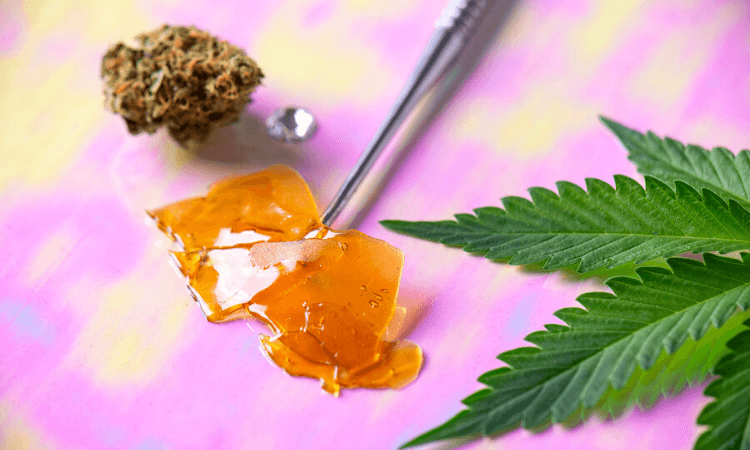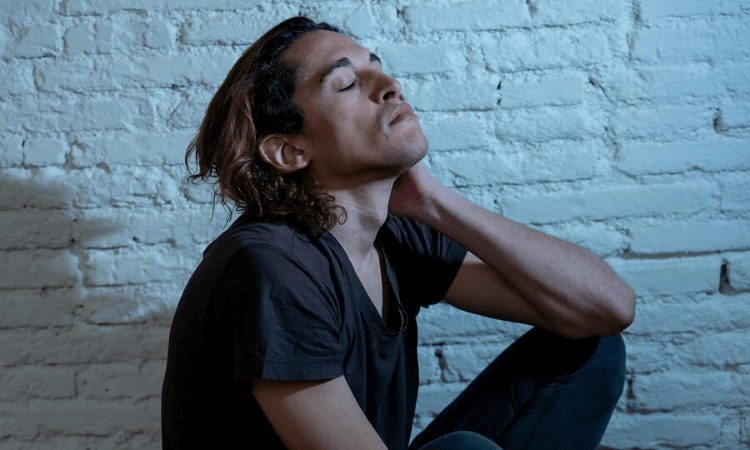
Dab drug is marijuana extract (primarily butane hash oil or BHO) that is ingested by smoking or vaping. “Dabbing” can be more dangerous than other types of marijuana use due to the potency of BHO.
As implied, the production of this concentrated form of marijuana involves the use of butane, a highly flammable chemical. This process can result in explosions and is, therefore, dangerous. The butane is then removed, resulting in a resinous substance. The consistency of this substance can vary, however, depending on the details of the production.
This extract can be up to 80% THC. In comparison, regular marijuana is usually only about 12-13% THC. As such, less of the substance is required to induce the same high, but side effects can be more intense.
BHO can be smoked through a water pipe or glass bong. It can also be vaporized, which offers an odorless, smokeless method of using marijuana that is easy to hide. BHO can also be consumed as an edible. This route of administration has been reported to lead to a much more powerful high than smoking, and it has caused some issues with individuals suddenly fainting and having difficulty breathing.
Risks of the Dab Drug
Because dabbing involves the use of marijuana that has a much higher THC concentration than usual, physical and mental effects may be more severe. Also, in producing the vapor to be smoked, the equipment on which the dab is placed may be heated to temperatures above 750 degrees Fahrenheit.
In addition to the obvious risk of burns and starting a fire, this can also result in the person inhaling benzene or rust, which are associated with chronic health problems. Furthermore, more than 80% of the marijuana concentrates may be contaminated with pesticides or residual solvent.
As mentioned above, due to the process of producing BHO involving the flammable butane, it can result in dangerous explosions. Some report that the hazards of creating BHO are similar to those of making meth.
A study from the Journal of Medical Toxicology analyzed cases in which patients had suffered from BHO burns. Results revealed that the median burn size was 10% of a patient’s total body surface area. The average length of time that patients had to be hospitalized was ten days. More than 20% required intubation to protect the patient’s airway, and over 60% required skin grafts.
It is important to note that not all of the possible risks of dabbing are fully understood, mainly because enough research that has been conducted. It is theorized, however, that dabbing may be associated with a higher risk of falls, accidents, injuries, and loss of consciousness than regular marijuana use.
Using marijuana during the teenage years may also adversely affect brain development, and has been linked to a higher risk of developing schizophrenia or psychosis. Dabbing is believed to have similar effects.
Dab Drug Abuse and Withdrawal

Some people have reported developing a higher tolerance and withdrawal symptoms from dabbing, which suggests that this method of marijuana use may increase the likelihood of dependence and addiction.
Marijuana withdrawal symptoms may include the following:
- Irritability
- Anxiety
- Depression
- Restlessness
- Insomnia
- Fatigue
- Changes in appetite
- Fever
- Sweating or chills
- Headache
- Abdominal pain
- Shakiness
Dab Drug Addiction
Signs that an individual may have a cannabis use disorder include the following:
- Continuing to use marijuana despite relationship problems and other social issues
- Neglect of other activities due to marijuana use
- Failing to fulfill important responsibilities at home, school, or work due to frequent marijuana use
- Using marijuana in dangerous or inappropriate situations
- Continuing to use marijuana despite the incurrence of adverse consequences
- Using marijuana more often or in higher amounts than originally intended
- Failing to decrease or stop marijuana use despite attempts to do so
- Spending a significant amount of time obtaining, using, or recovering from marijuana use
- Drug cravings
- Experiencing tolerance or withdrawal
Treatment for Substance Abuse
The belief that marijuana is not addictive may lead people to avoid seeking treatment for themselves or a loved one. This belief is not entirely true, however. It is estimated that in 2017, more than 4 million people in the U.S. aged 12 and older had a cannabis use disorder.
If dab drug abuse or addiction is suspected, the individual should seek an assessment by a health provider or addiction treatment professional. By using evidence-based therapies, treatment programs can help people stop using marijuana and prevent relapse.
Research on cannabis use disorder suggests that a comprehensive treatment program that includes a strong emphasis on behavioral therapy may result in the best outcomes. These programs, such as those offered by Recovery in Tune, can help those suffering to avoid relapse and help them to improve functioning on an everyday basis.
If you are ready to stop the cycle of drug abuse and addiction, contact us today! We help those who need it most succeed at recovery and begin to reclaim the healthy, satisfying life they deserve!